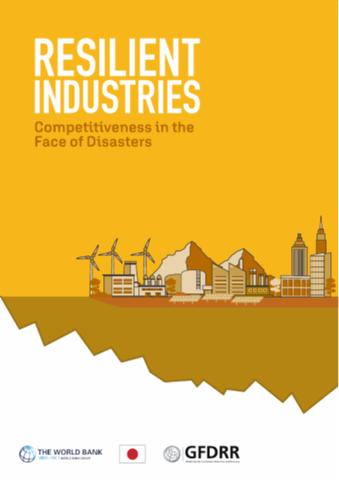Industrial activity creates jobs, catalyzes investments and innovation, and raises standards of living in many countries. As climate change, and natural disasters intensify, so too does the risk environment for industry activity. More recently, a viral pandemic has threatened industries and national economies, and the imperative to secure business continuity and competitiveness during growing instability has thrust resilience into the spotlight. The suite of risks posed by climate change and natural disasters threatens industry’s potential to grow, generate jobs, and compete. For many developing countries, disaster-related liabilities may exceed the capacity of governments to respond, and even national economies may be threatened. The emergence of industry resilience as a global discourse is timely; however, industry resilience is a nascent discipline, and frameworks for its application and operation remain limited even as threats intensify. Disasters offer the opportunity, with the right frameworks in place, to strengthen competitiveness through build back, better initiatives, and to adapt to long-term climate change and disaster risks. Despite these insights, and the urgency to act, however, the evidential basis for policy intervention and conceptual frameworks for industry resilience are far from definitive, and gaps in knowledge remain. As a result, industry resilience policy and action remain low in both the public and private sectors, and firms and economies still face significant costs of inaction.
Resilient Industries: Competitiveness in the Face of Disasters
October 29, 2020 Read this publication

